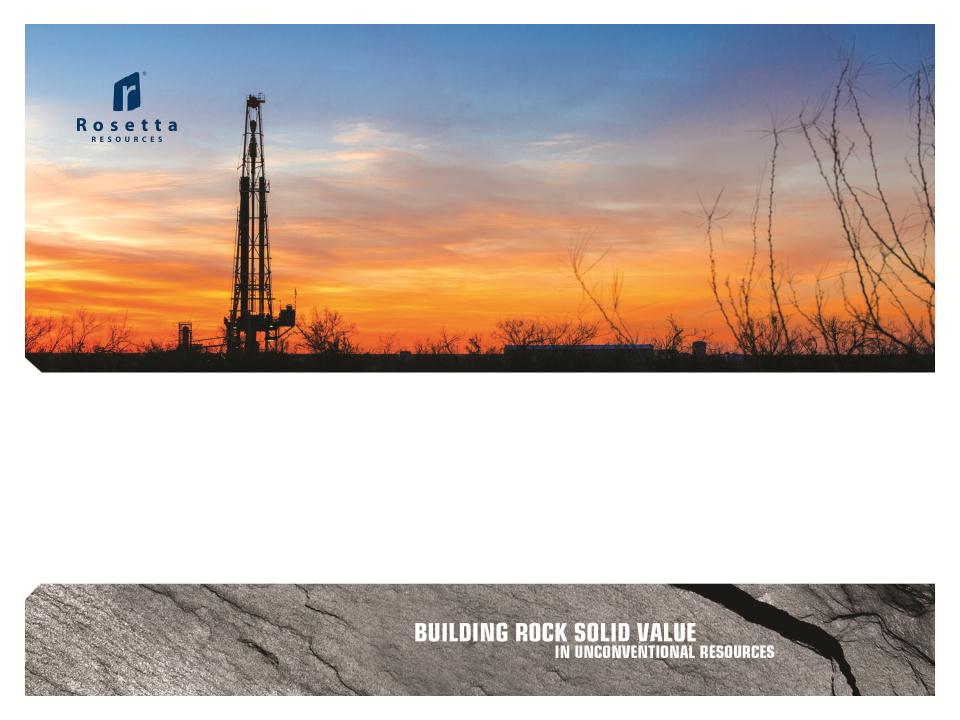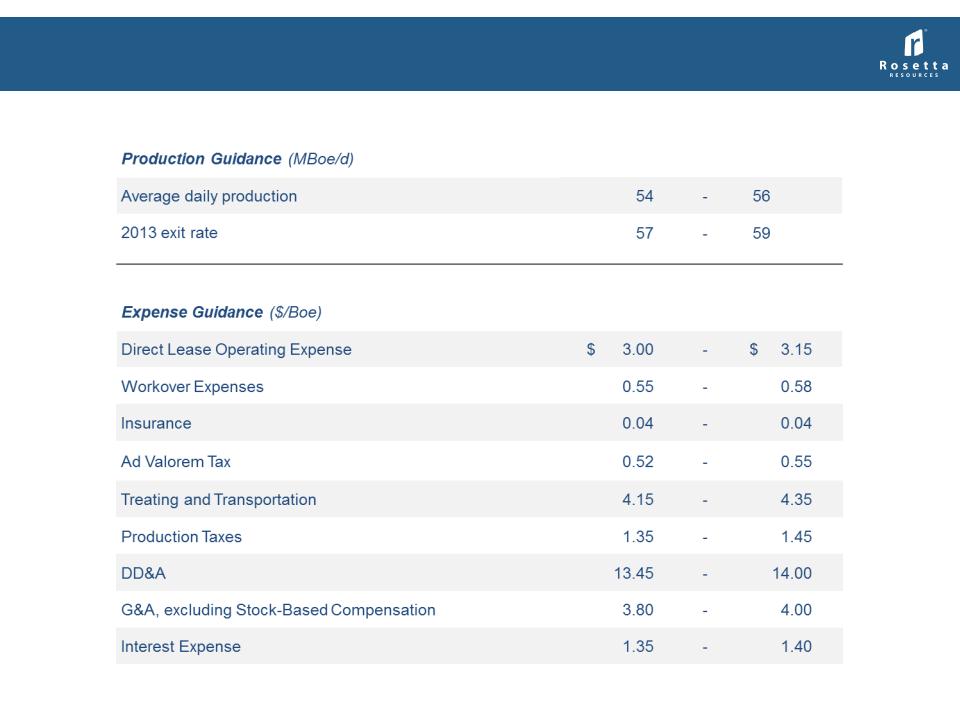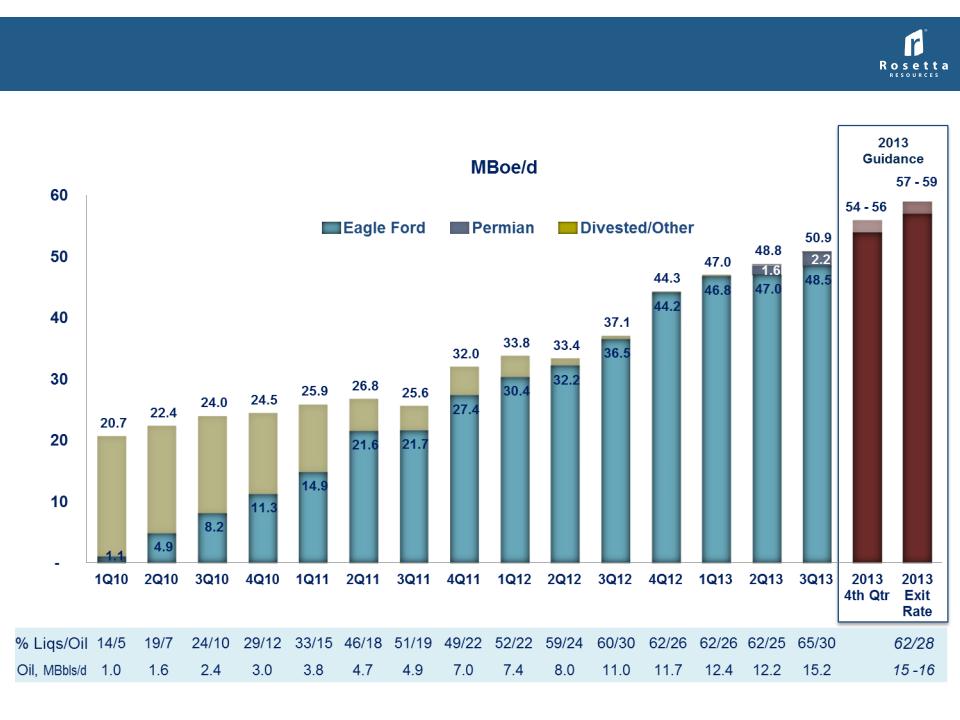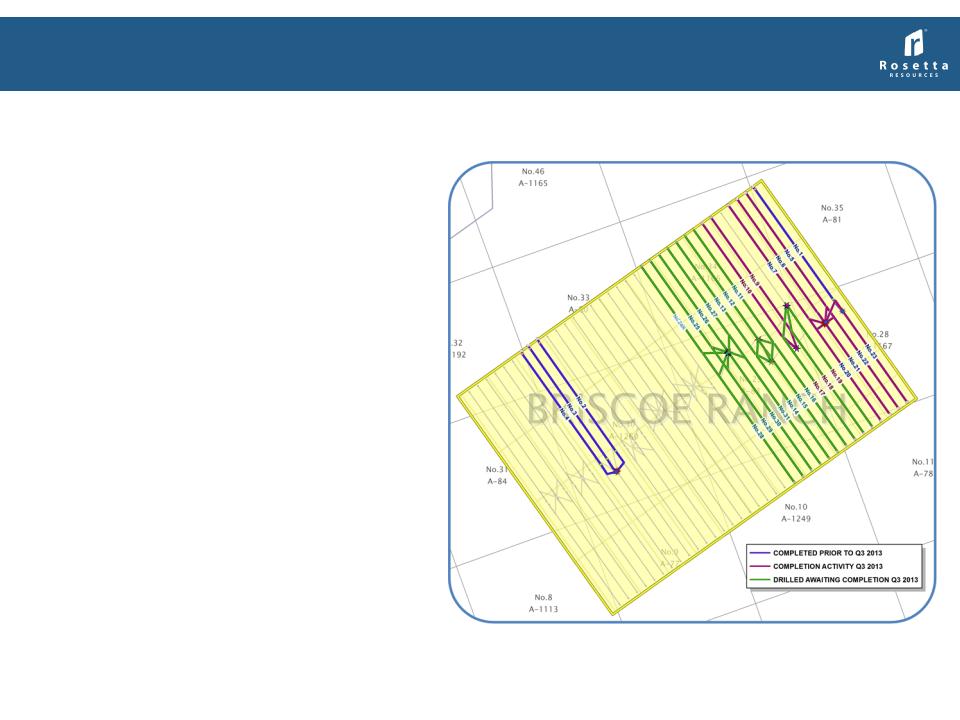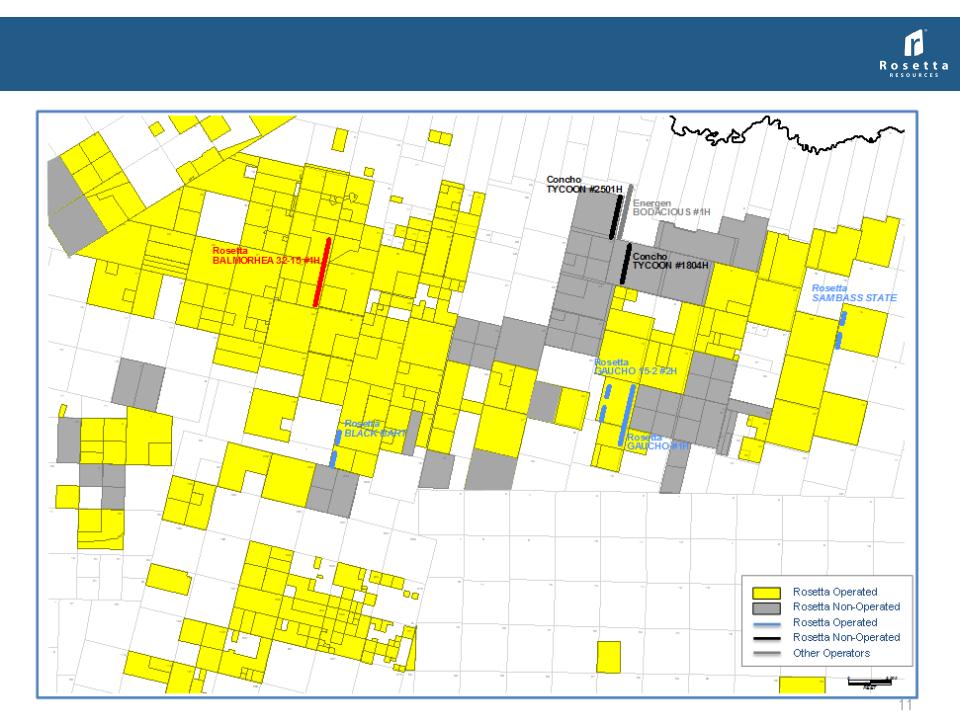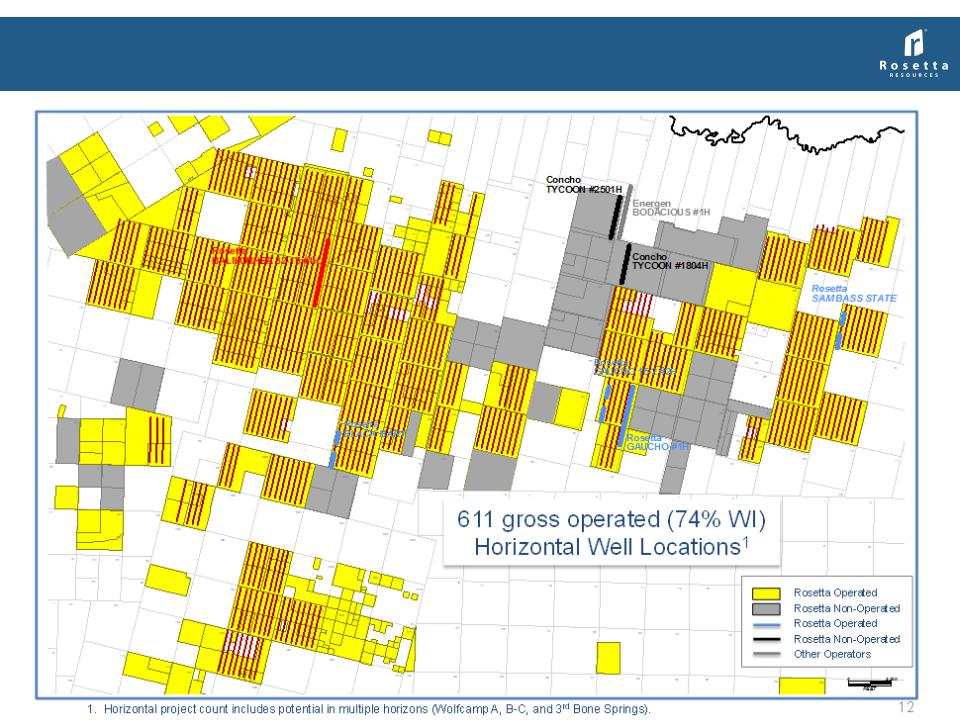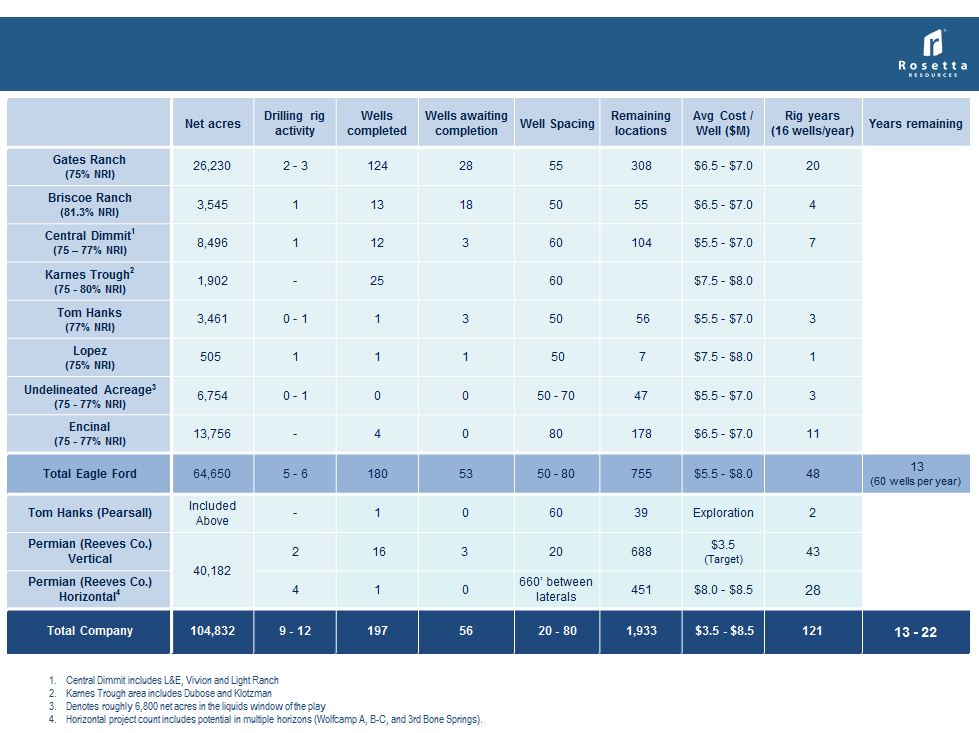Forward-Looking Statements and Terminology Used
This presentation includes forward-looking statements, which give the Company's current expectations or forecasts of future events based on currently
available information. Forward-looking statements are statements that are not historical facts, such as expectations regarding drilling plans, including
the acceleration thereof, production rates and guidance, resource potential, incremental transportation capacity, exit rate guidance, net present value,
development plans, progress on infrastructure projects, exposures to weak natural gas prices, changes in the Company's liquidity, changes in acreage
positions, expected expenses, expected capital expenditures, and projected debt balances. The assumptions of management and the future
performance of the Company are subject to a wide range of business risks and uncertainties and there is no assurance that these statements and
projections will be met. Factors that could affect the Company's business include, but are not limited to: the risks associated with drilling of oil and
natural gas wells; the Company's ability to find, acquire, market, develop, and produce new reserves; the risk of drilling dry holes; oil and natural gas
price volatility; derivative transactions (including the costs associated therewith and the abilities of counterparties to perform thereunder); uncertainties
in the estimation of proved, probable, and possible reserves and in the projection of future rates of production and reserve growth; inaccuracies in the
Company's assumptions regarding items of income and expense and the level of capital expenditures; uncertainties in the timing of exploitation
expenditures; operating hazards attendant to the oil and natural gas business; drilling and completion losses that are generally not recoverable from
third parties or insurance; potential mechanical failure or underperformance of significant wells; availability and limitations of capacity in midstream
marketing facilities, including processing plant and pipeline construction difficulties and operational upsets; climatic conditions; availability and cost of
material, supplies, equipment and services; the risks associated with operating in a limited number of geographic areas; actions or inactions of third-
party operators of the Company's properties; the Company's ability to retain skilled personnel; diversion of management's attention from existing
operations while pursuing acquisitions or dispositions; availability of capital; the strength and financial resources of the Company's competitors;
regulatory developments; environmental risks; uncertainties in the capital markets; general economic and business conditions; industry trends; and
other factors detailed in the Company's most recent Form 10-K, Form 10-Q and other filings with the Securities and Exchange Commission. If one or
more of these risks or uncertainties materialize (or the consequences of such a development changes), or should underlying assumptions prove
incorrect, actual outcomes may vary materially from those forecasted or expected. The Company undertakes no obligation to publicly update or revise
any forward-looking statements except as required by law. For filings reporting year-end 2012 reserves, the SEC permits the optional disclosure of
probable and possible reserves. The Company has elected not to report probable and possible reserves in its filings with the SEC. We use the term
“net risked resources” or “inventory” to describe the Company’s internal estimates of volumes of natural gas and oil that are not classified as proved
reserves but are potentially recoverable through exploratory drilling or additional drilling or recovery techniques. Estimates of unproved resources are
by their nature more speculative than estimates of proved reserves and accordingly are subject to substantially greater risk of actually being realized by
the Company. Estimates of unproved resources may change significantly as development provides additional data, and actual quantities that are
ultimately recovered may differ substantially from prior estimates.
14
